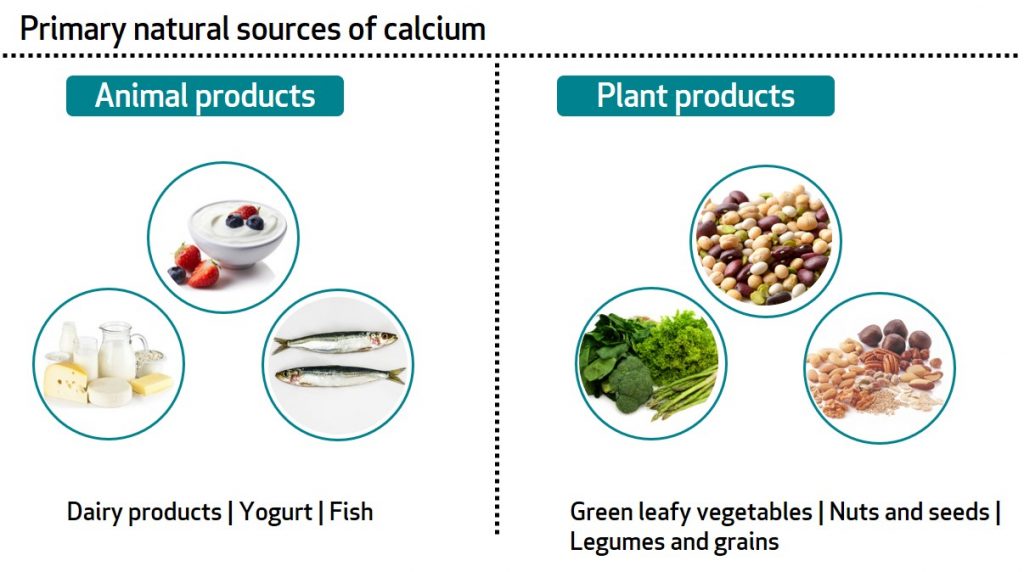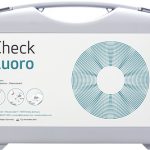Inspired by the Sight and Life publication “Vitamins and Minerals: A Brief Guide”, we continue with our Learn About Your Vitamins and Minerals series by discussing vitamin D and calcium.
Vitamin D
Often nicknamed the “sunshine vitamin”, vitamin D is a fat-soluble vitamin that can be produced naturally by the human body as a response to sunlight exposure. Vitamin D, together with calcium and phosphorus, helps in the proper growth of bones. Vitamin D plays an especially important role in facilitating the absorption of calcium and phosphorus, which help the bones to grow denser and stronger. Vitamin D also has other functions in the body, including the modulation of cell growth, neuromuscular and immune function, and the reduction of inflammation.
Sources of vitamin D. Getting sufficient sunlight is the most efficient way to help the body produce enough vitamin D. However, especially during colder winter months in places where the sun is not always shining or where it’s common to wear full-covering clothing, getting sufficient sunlight may be difficult. Some food-based sources of vitamin D which can help are fatty/oily fish, beef, veal, mushrooms, and egg yolk. Vitamin D supplements or foods fortified with vitamin D (such as dairy products, vegetable oil, and some cereal grains) are also useful to prevent deficiency.
Vitamin D deficiency and prevention. Vitamin D deficiency negatively affects bone health in both children and adults. Rickets, osteomalacia, and osteoporosis are common diseases associated with vitamin D deficiency. Rickets affects young children, especially between 6 to 36 months of age, and is associated with weak and soft bones, stunted growth, and sometimes permanent skeletal deformities. Children who do not consume adequate complementary foods after 6 months of age and those who have little or no exposure to sunlight are at higher risk of vitamin D deficiencies. This is because breastmilk alone is a poor source of vitamin D.
More common in adults and the elderly, Osteomalacia is the weakening of bones during bone formation or bone-building, and osteoporosis is a condition that results in porous bones. Although the body constantly absorbs and replaces bone tissue, these conditions mean that new bone creation cannot keep up with old bone removal. Vitamin D deficiency can be prevented by spending time in the sun each day, eating a wide range of foods containing vitamin D, and/or taking supplements when the first two options are not available or practical.

Calcium
Calcium is the most abundant mineral in the human body, found primarily (99%) in our bones and teeth. The remaining 1% of the body’s calcium is used in body fluids for the regulation of blood pressure, hormone secretion, muscle movement, and enzyme function.
Sources of calcium. Calcium occurs naturally in many foods. The primary plant sources of calcium include green leafy vegetables (e.g. spinach, kale, broccoli), legumes, grains, and nuts and seeds (e.g. almond, sesame, chia). The primary animal sources of calcium are milk and milk products, fish like sardines and salmon, and yoghurts. Many dairy products and fruit juices are also fortified with extra calcium.
Calcium deficiency and prevention. Calcium is well-regulated in the body as it plays an important role in body functions such as muscle contraction and nerve activity. When the body is low in calcium, it relies on taking calcium from the bones for replenishment. This may result in osteomalacia or weak bones. Calcium deficiency in bones can also result from an inadequate supply of vitamin D, which is vital for calcium absorption and its deposition in the bones. Other symptoms of calcium deficiency include muscle problems, fatigue, skin and dental problems. Calcium deficiencies can be prevented by consuming calcium-rich foods as well as ensuring enough production or consumption of vitamin D.
Vitamin D and calcium are complementary micronutrients in terms of functions and needs in the human body. BioAnalyt does not currently offer an iCheck product to test for either of these micronutrients, but with enough demand, we may add these to our research agenda.
Next in this series, we discuss vitamin E and selenium.















































































